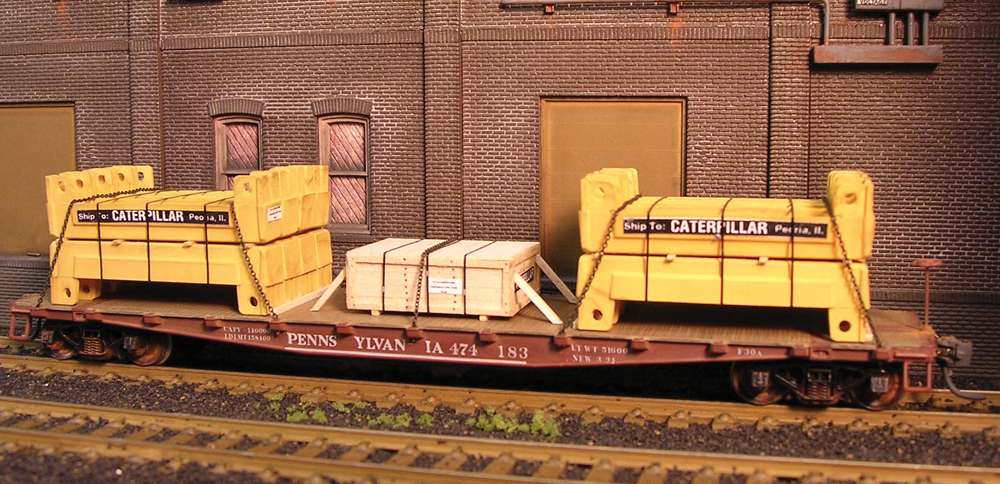
Two interesting freelanced HO flatcar and gondola loads can be made out of plastic parts from used Bic disposable razors. The flatcar load is made from the blade covers while the gondola carries cut-down handles. Of course, you need to be careful with the spent razor blades and dispose of the remnants properly to avoid […]
Read More…
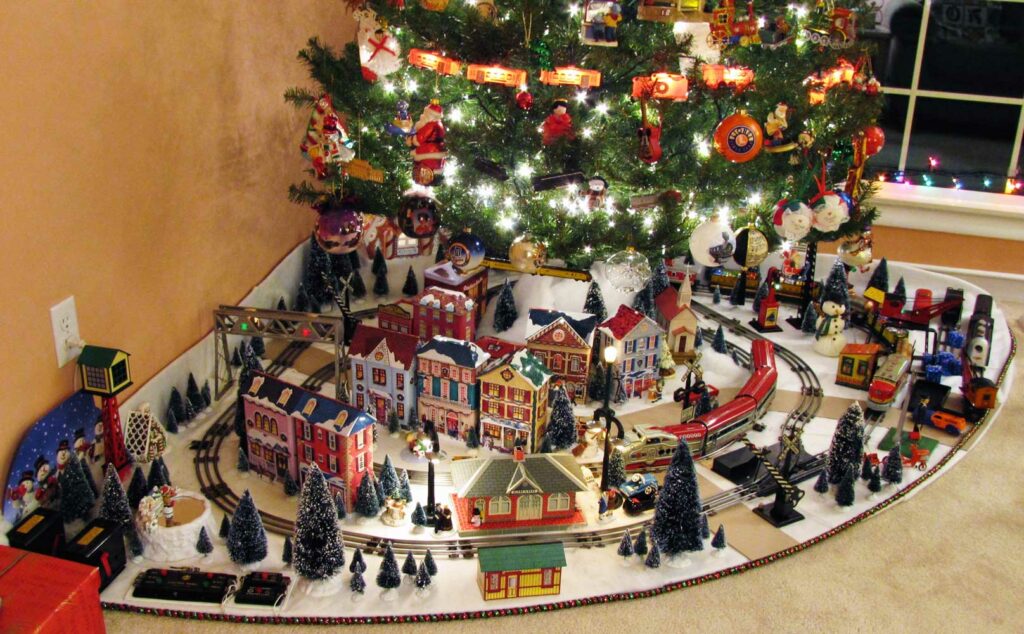
Small O and S gauge layouts are how the hobby began. To demonstrate the wonders of layouts designed to fit into small spaces, let’s travel back to when most current enthusiasts were youngsters. This most likely means we’re talking about the 25 years immediately following World War II. These men and women can trace their […]
Read More…
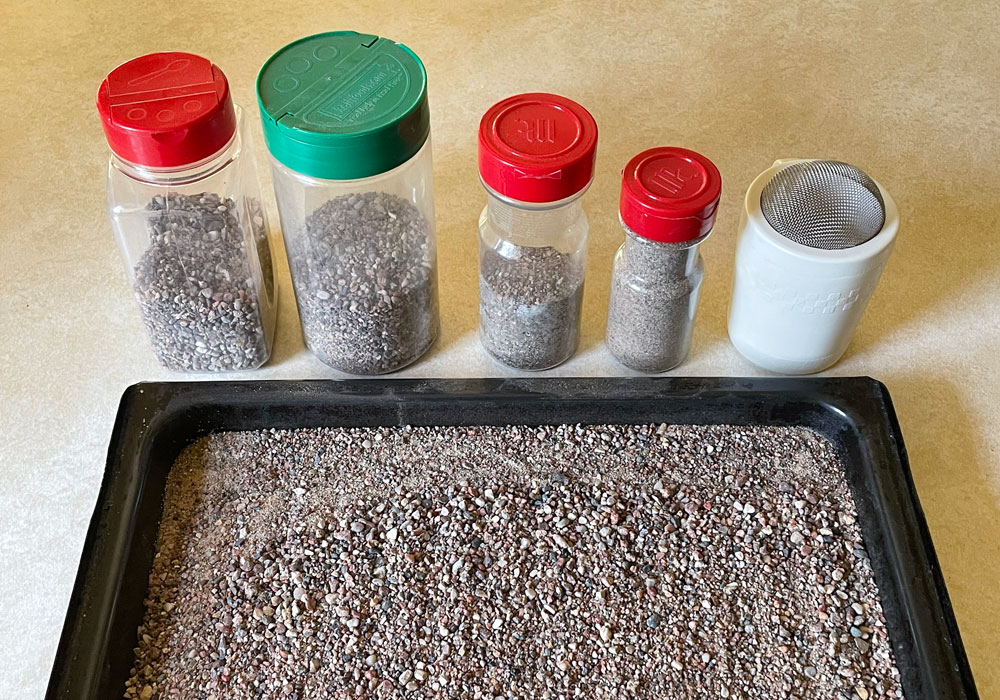
Looking for dirt cheap ground cover? While there are plenty of companies selling real dirt products graded and colored to match specific terrains and locales, if you’re on a budget, you might find some suitable ground cover closer to home. Specifically, in your own back yard. But you can’t just scoop up a shovel full […]
Read More…
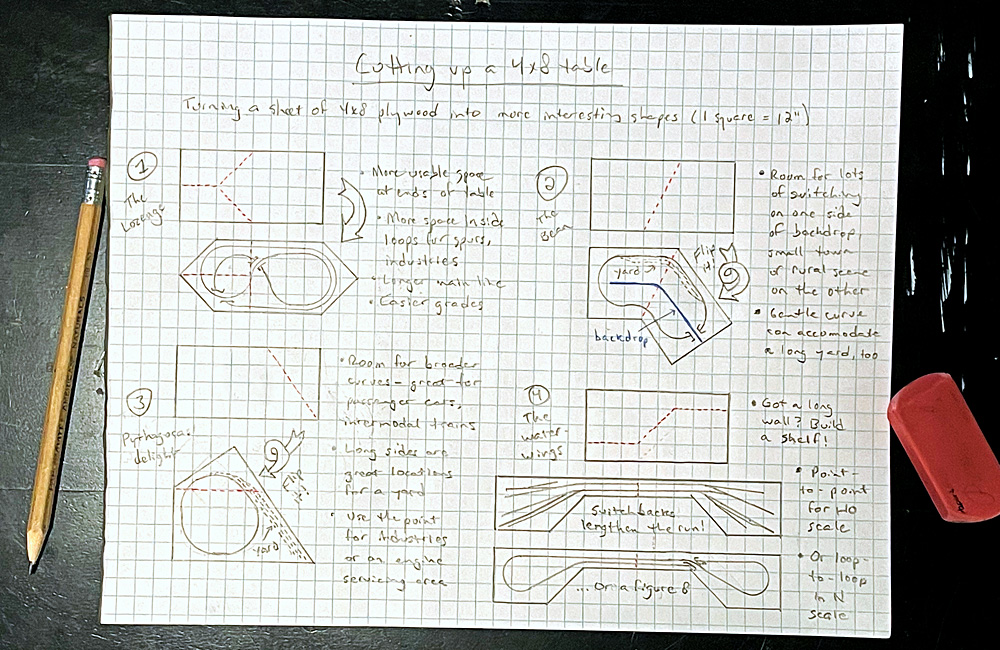
A lot of model railroads – and model railroaders – start out with that old standby, the 4 x 8-foot train table. The main reason is convenience; 4 x 8 feet is the size of a standard sheet of plywood. Extruded-foam insulation board, a popular train layout scenic foundation material, also comes in that size. […]
Read More…
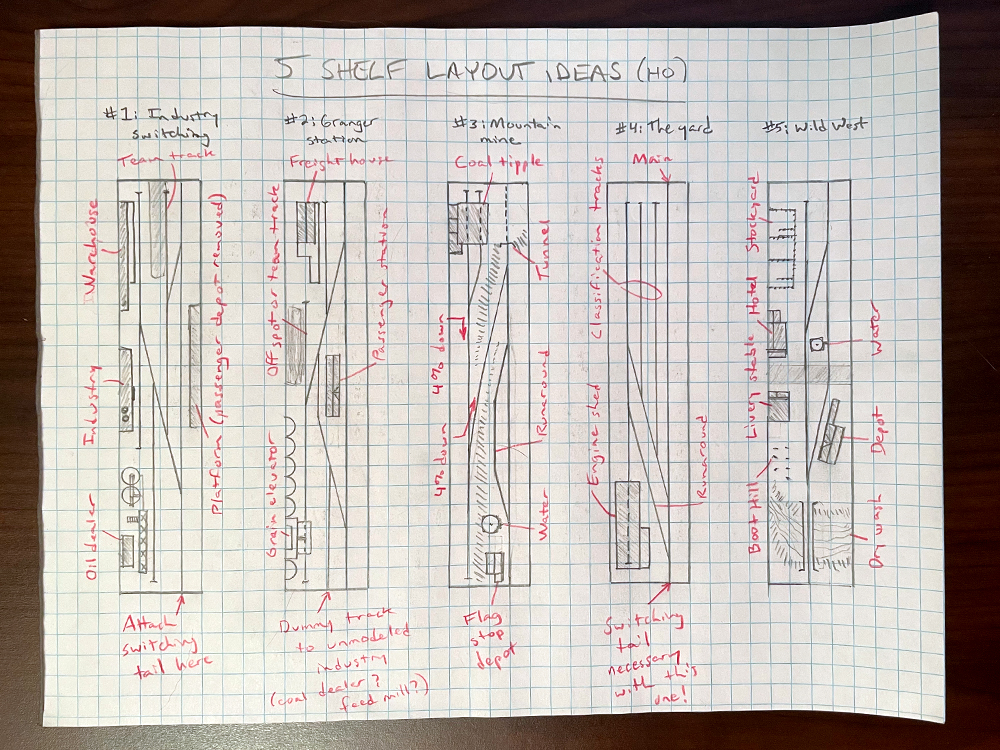
As the author of Model Railroader’s “Ask MR” column, I get a lot of questions from readers. Usually I either know the answers or at least where I can find the answers for them. Sometimes, though, I get a question that stirs my imagination and prompts me to compose a more involved response. Such was […]
Read More…
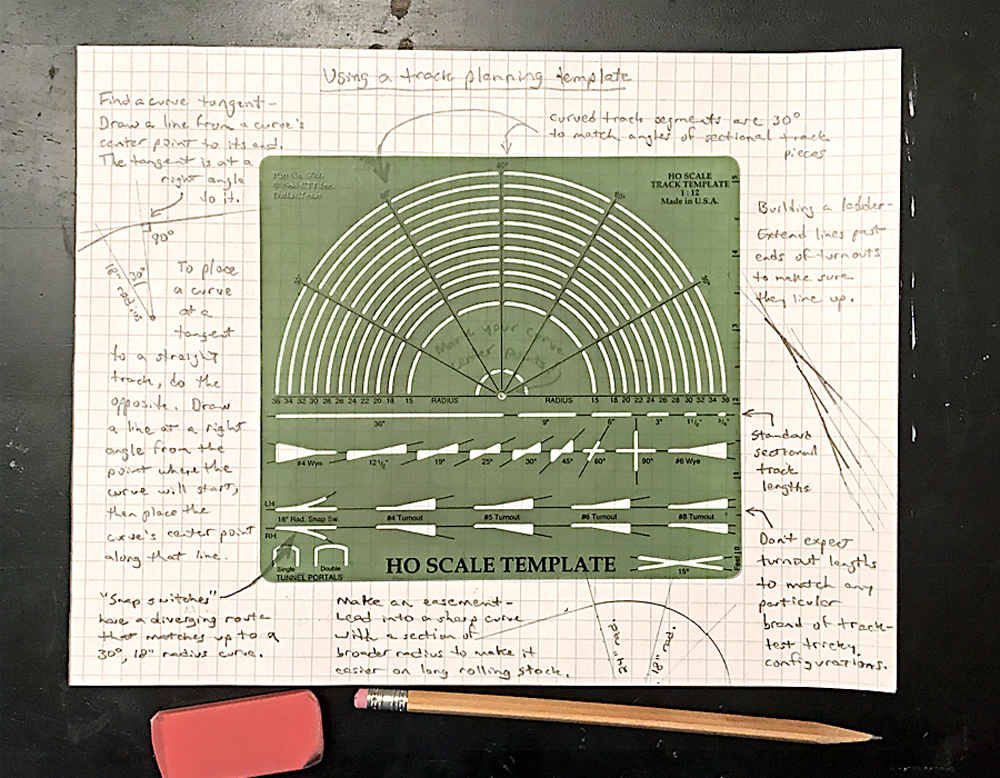
10 tips for beginning layout builders: Trains.com has thousands of articles, images, and videos. Here, we’ve collected ten links to some of the best stories for people just starting on their layout-building adventure. 1. Learning to use a track template Track planning is an essential step in the construction of a model railroad layout. […]
Read More…
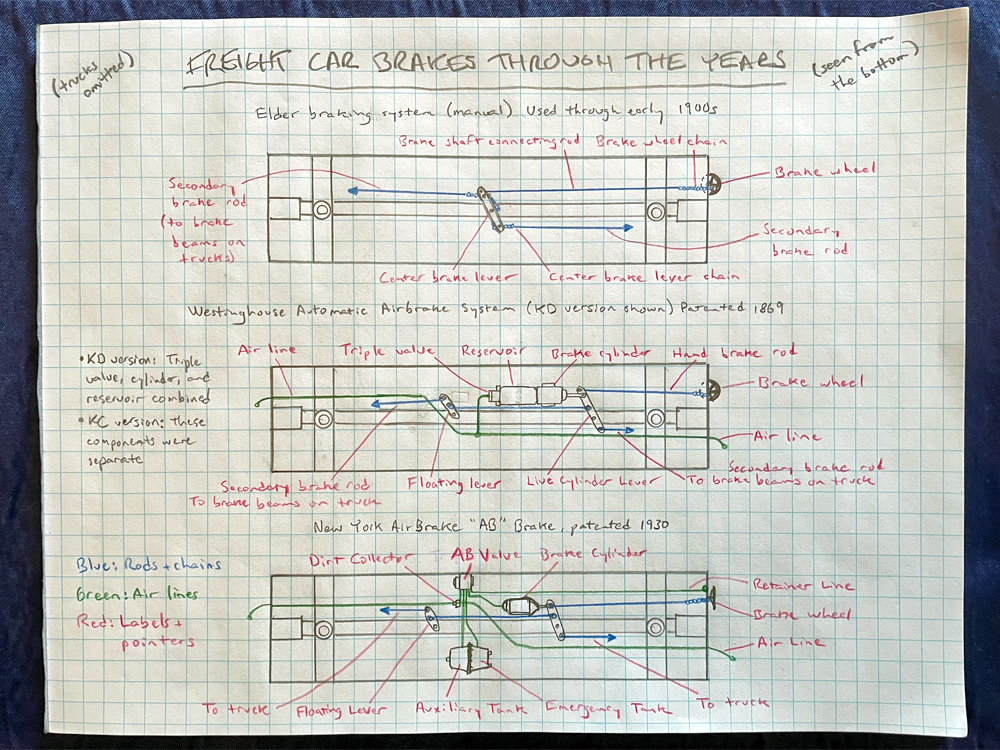
When I started in this hobby, I chose to model the early 1900s. That was before I knew what models were commercially available in my chosen time frame. (The answer was “not much.”) Since my hobby budget was limited, there was only one manufacturer making car kits appropriate for my era that I could afford. […]
Read More…
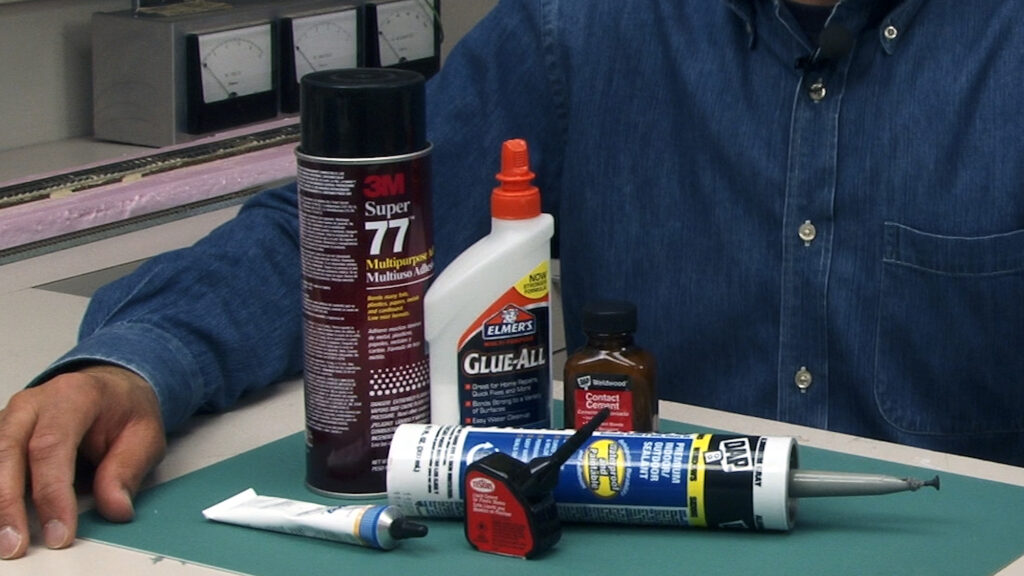
Choosing the right adhesive for model railroads is important. Glues and adhesives bond two or more surfaces in different ways with varying degrees of strength. In model railroading, choosing the right glue or adhesive is often the best way to successfully complete a satisfying model or model railroad layout. Here are five top glue types […]
Read More…
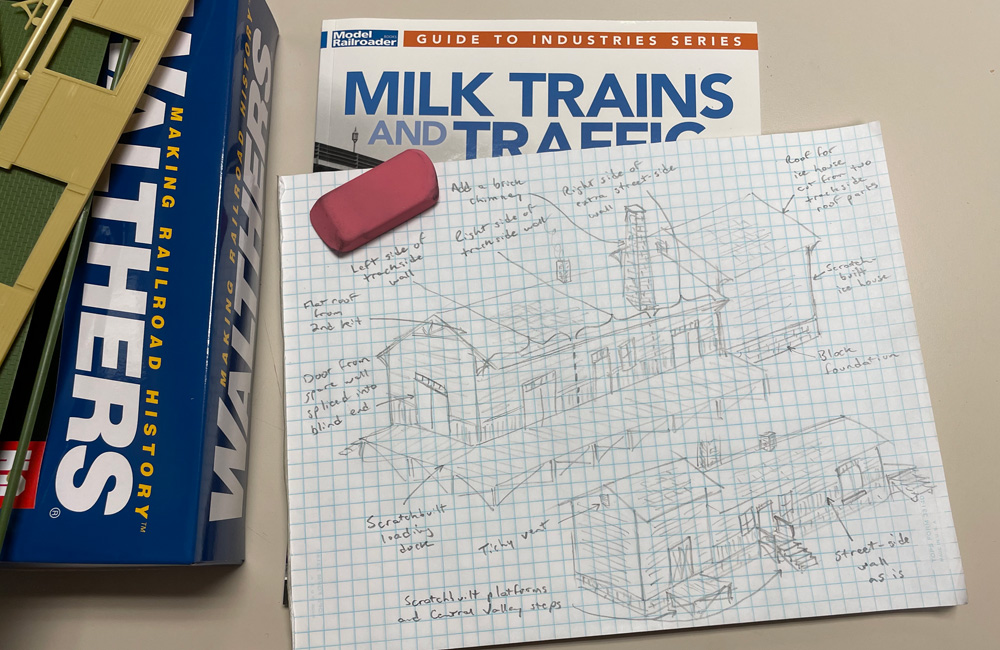
When I’m planning a structure kitbash, I often start with a sketch. Scribbling down rough ideas, erasing what doesn’t work, and replacing them with things that help me visualize my plan and avoid false starts. With this technique I can figure out what parts I need and more clearly imagine what the structure will look […]
Read More…
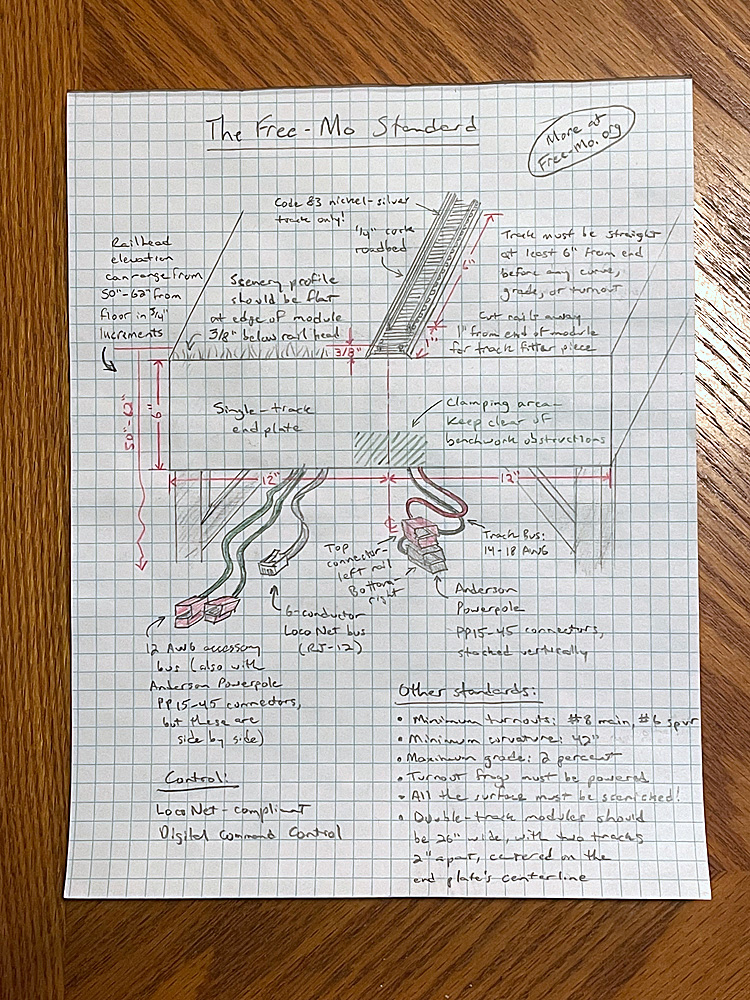
There are several modular model railroading standards out there, but one you might have heard more about recently is the Free-Mo modular standard. Like most modular standards, the Free-Mo modular standard lets you build a section of model railroad that will connect and operate with others built to the same standard. The cool thing about […]
Read More…
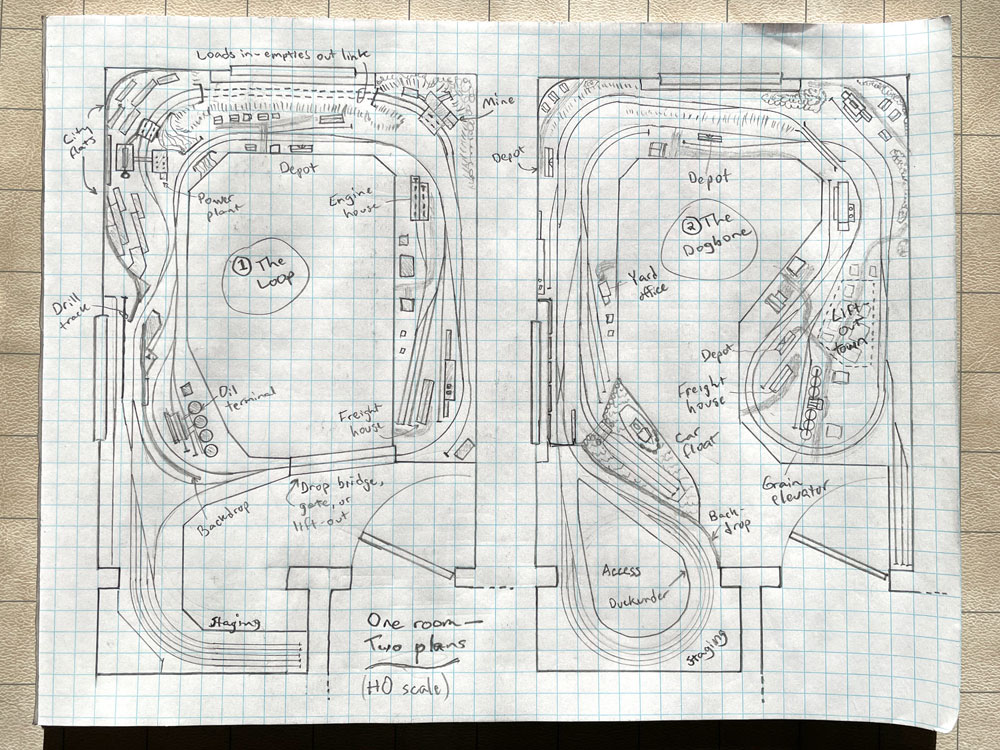
Finding the best approach for a track plan isn’t always easy. Even if you’re building your layout in a small room, you still have an almost infinite number of choices, decisions, and trade-offs to make. What scale? Around-the-room or island shape? Duckunder/gate or walk-in? Staging? And if so, what kind? To illustrate my thought process […]
Read More…
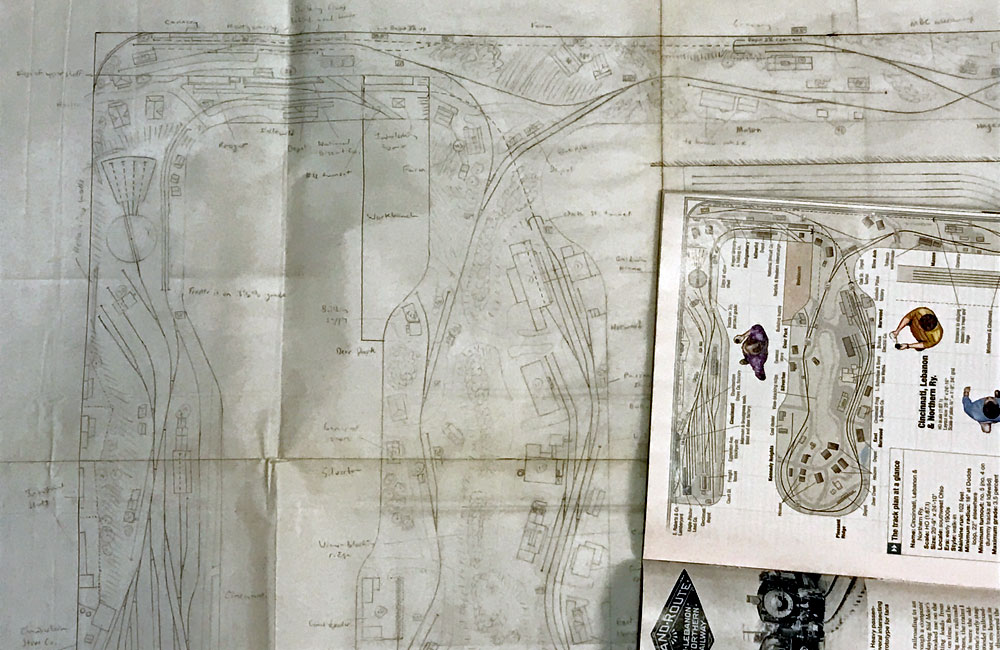
Today’s sketch was drawn long before Sketching with Steve was a gleam in anyone’s eye. It was 2008, and I’d been with Model Railroader less than a year. Finally, the resources to build my HO scale version of the Cincinnati, Lebanon & Northern Ry. in 1906 were within my reach! I drew this track plan […]
Read More…












